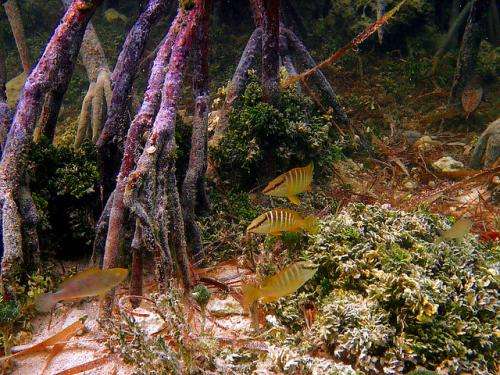Putting a value on what nature does for us

A new online resource, developed by researchers at the University of Cambridge in collaboration with other organisations based in Cambridge, helps those in both the public and private sector see how changes to an ecosystem can affect its value, in order to make more informed decisions about how the natural environment should be developed.
The Toolkit for Ecosystem Service Site-based Assessment (TESSA) was launched online this week to coincide with the 7th Annual Ecosystem Services Partnership Conference in Costa Rica, and allows users to make a direct comparison of the value that an ecosystem can provide to a community in different states, by providing access to state of the art information about their financial value.
Ecosystems provide us with an extensive range of benefits for free, often described as 'ecosystem services'. These benefits include the provision of food and clean water, erosion control and carbon storage. A reduction or loss of these services can have severe economic, social and environmental impacts. However, methods for obtaining such data are frequently too expensive, or too technically demanding, to be of practical value.
TESSA has been developed by a consortium of experts from six institutions, including staff at the Departments of Geography and Zoology. It allows non-experts to derive reasonable estimates that an individual location provides to society, both locally and globally. TESSA provides guidance and methods to value the services provided by an ecosystem at a specific location compared to the likely provision of such services under different management decisions. This allows the consequences of alternative management decisions to be assessed.
"If a mangrove forest was cut down and turned into a shrimp farm, or a forest was converted to grassland - what is the value of each of those habitats and what is the impact of such a change on different people? We can now provide a quantitative way of determining the value of the many ways in which an ecosystem works for us," said Dr Iris Möller of the Department of Geography, one of the leaders of the project. "A thirsty forest may help prevent flooding in an area, but it can also contribute to drought. This tool allows us to determine what would happen to that water if the forest were to be cut down."
TESSA addresses the gap in valuation tools available for non-expert use at the site level and to date has been used at 24 sites spread across five continents. Most users have been conservation practitioners, although the methods are applicable to a wide range of users, including natural resource managers, land-use planners, development organisations and the private sector.
"We hope that by making TESSA more intuitive to use, and available both on- and offline, many more people will be able to assess the ecosystem service values of sites and how they might change under different land use decisions," says Jenny Merriman, BirdLife's Ecosystem Services Officer and TESSA Coordinator.
"This information is critical for informing decision-making at the local level and when scaled up, can demonstrate the social and environmental consequences of our actions," said Möller.
Provided by University of Cambridge
















